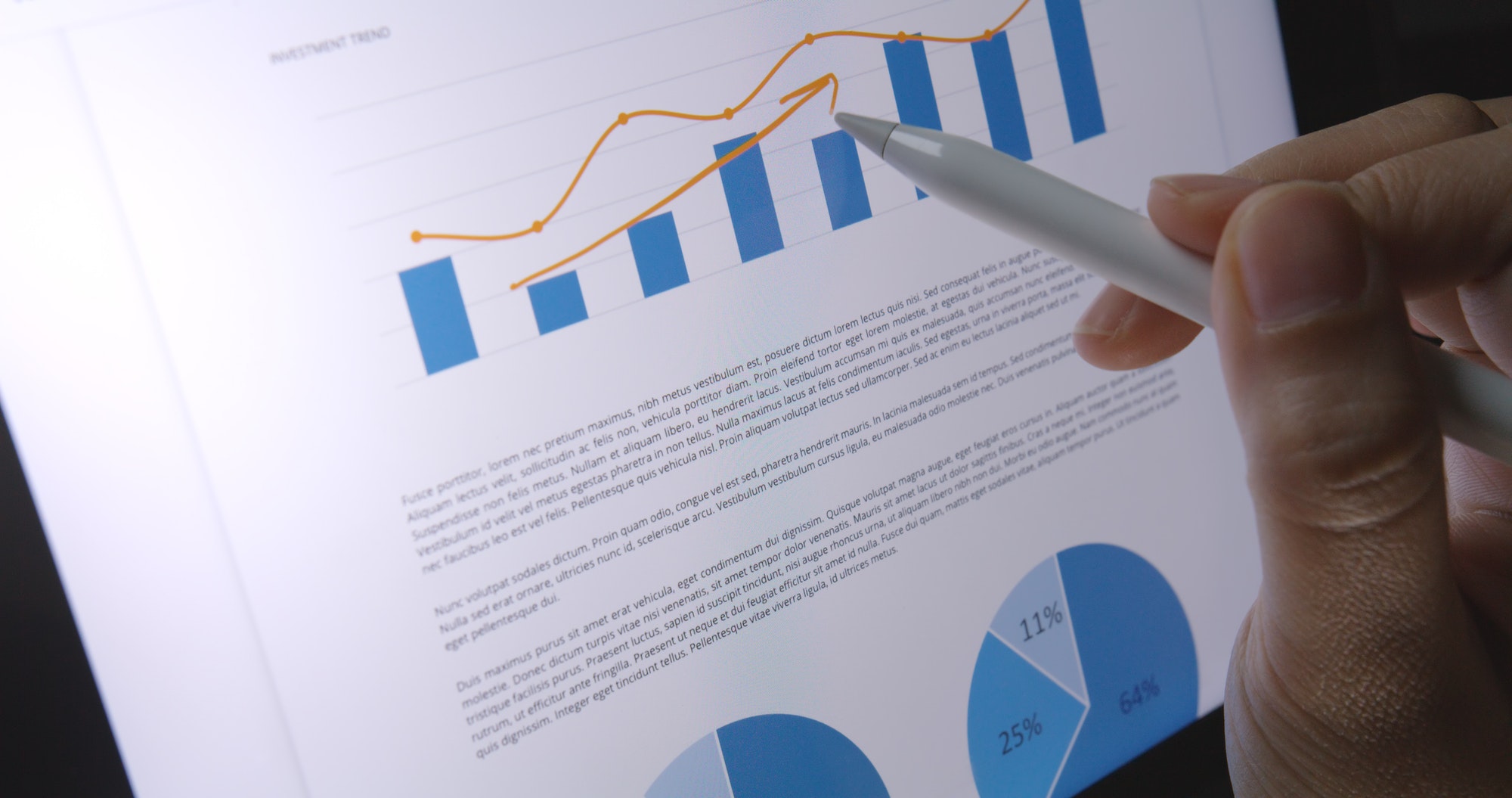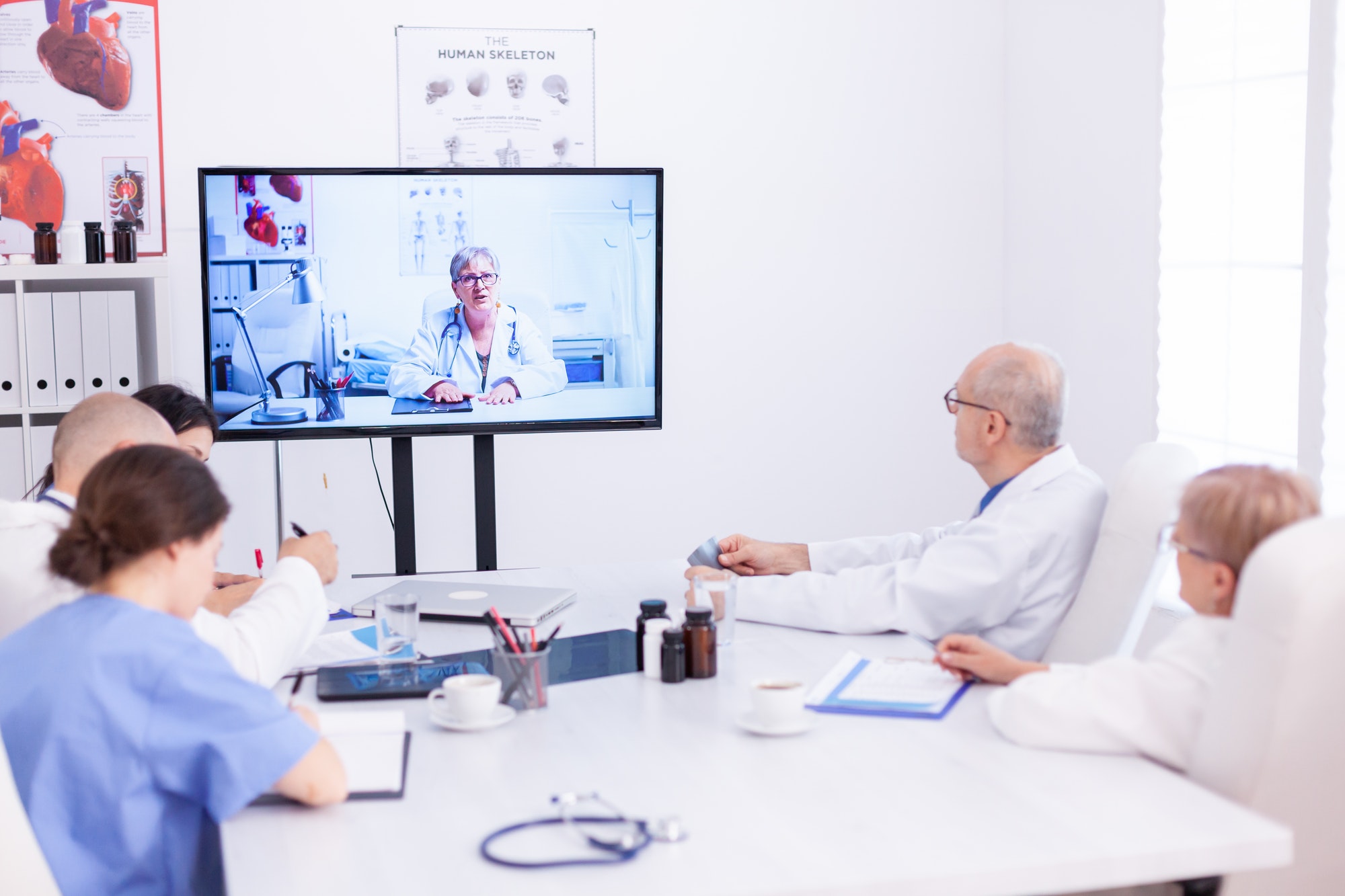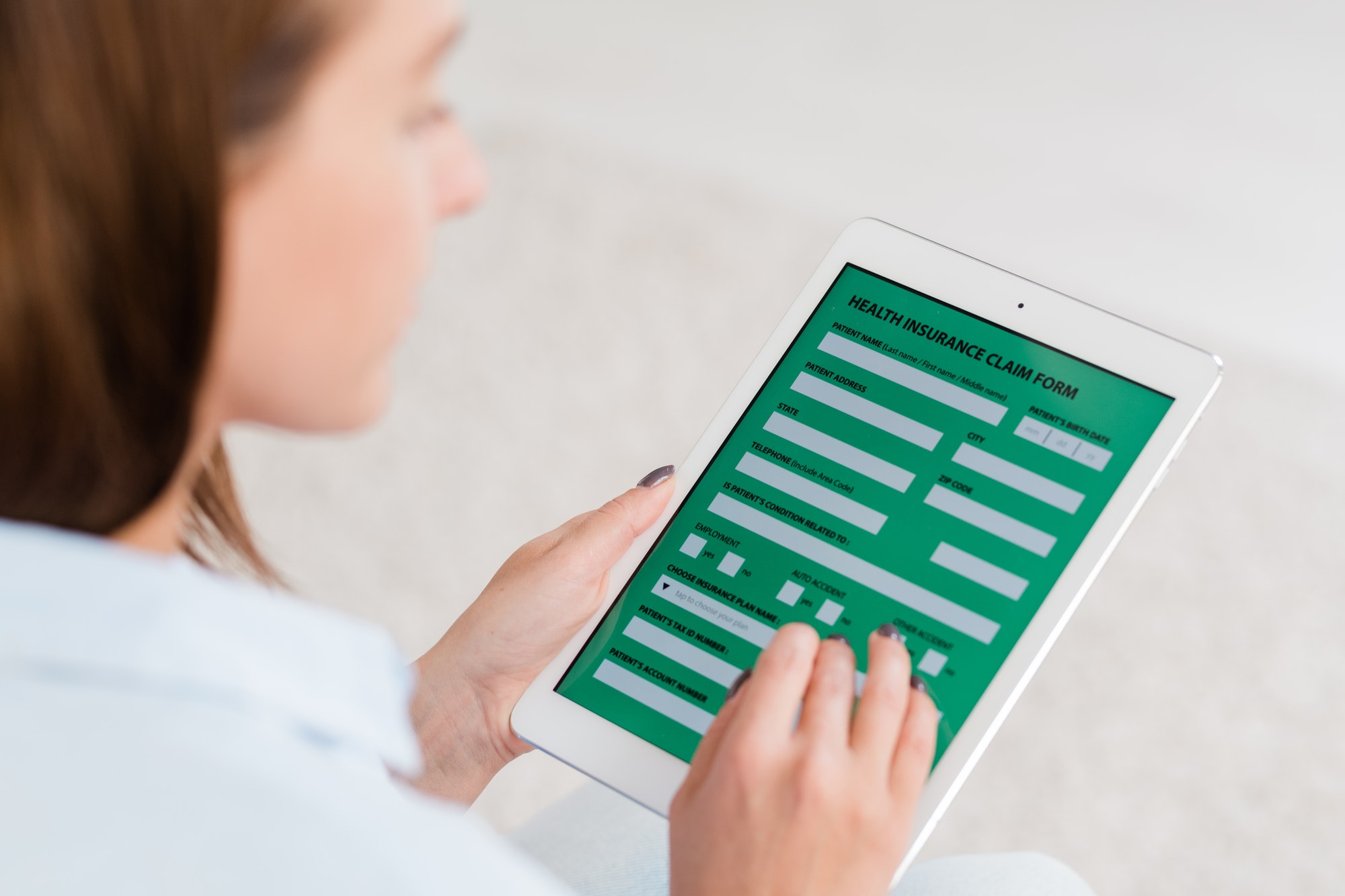DISCLAIMER: The below blog entry was written by an outside, unrelated party and does not necessarily express the opinions or views of or associated with the RemoteICU brand or the individuals associated with the RemoteICU brand. The blog is not necessarily endorsed or supported by RemoteICU nor was the entry reviewed and accepted by individuals associated with RemoteICU. The blog entry is provided simply to address and create interest in topics of import related to telemedicine. Your own independent research and decision-making and seeking of expert / professional opinions are required before you make any decisions whatsoever or form any opinions with respect to any topics addressed therein. By reading the blog entry, you consent to accepting the terms and conditions in this disclaimer.
While championing the copious benefits of Tele-ICU to encourage industry acceptance and uptake, the most undeniable factor is the reduction in patient mortality rates. Hospitals and ICUs exist to save, prolong life, and improve life by enhancing patients’ clinical outcomes; therefore, why would the question of implementing Tele-ICU even be a debating discussion if it can significantly add to the effort and ability to do so?
Tele-ICU & Morbidity Analyses
The many benefits of TELE-ICU uptake have been much discussed, especially during the COVID epidemic. It boils down to the overall possibility to save lives, particularly in disastrous and unanticipated situations.
A June 2021 systematic meta-analyses review published in PubMed gives an overview of the effect of TELE-ICU on mortality. Researchers first pointed out the recognized advantages of TELE-ICU, including providing health care over distance, increasing access for people with transport obstacles or living in remote or rural areas, and the viability for patients, clinicians, and overall health care delivery.
TELE-ICU safety
Most importantly, the premise of the review was that changes in health care delivery (in-person vs. telehealth) should not result in unsafe or inferior care. Hence, the authors provided a holistic view of current evidence regarding TELE-ICU safety. The authors collated findings from articles published between 2010-2019 on the effect of TELE-ICU intervention on mortality compared to traditional care. The main disciplines represented were intensive care, cardiovascular, pulmonary, neurology, and obstetrics. They concluded that, in general, telehealth did not increase mortality rates. They stated that this was evidence for decision-makers to support and guide telehealth implementation plans. As many physicians will allude to, one of the primary principles taught during training programs and that by which they operate their professions: Number one priority is do not unwittingly do the opposite of what you are there for, by actually causing harm.
Changing perspectives
Compared to recent years, experts expressed doubt concerning the viability of TELE-ICU – especially regarding financial aspects and lack of research. However, perspectives have changed, and research has intensified, proving that telehealth saves lives.
In April 2021, an article in General Surgery News was entitled unequivocally “Overnight Telemedicine Services Reduce Mortality In ICU Patients.”
The author referred to a study presented at the 2021 Critical Care Congress Virtual Event. The study found that ICU patients who received overnight TELE-ICU services were less likely to die and more likely to be discharged faster than those who received traditional ICU care with no overnight on-site intensivist.
Moreover, the investigators expressed that while the study was retrospective, ending just before the COVID pandemic began, the results underscore the value of TELE-ICU when critical care experts are in short supply. the study “In an ideal world, patients would have an intensivist at the bedside 24/7, but the reality is that even if we had all of the money in the world, we don’t have enough trained professionals to do the job.”
The study reviewed 153,987 ICU patients at nine hospitals between January 2010 and December 2019. In general, 70% of ICU patients (108,482) received TELE-ICU off-site assessment and care when an intensivist was not on-site between 7 p.m. and 7 a.m.
Also, ICU patients who obtained telemedicine care had 18 percent higher life-expectancy rate, were 1.6 less days in the ICU, and 2.1 fewer in the hospital. Researchers also found that patients admitted on the weekend were no more likely to die than those admitted on a weekday, despite weekend admission being a known risk factor for ICU death. The main reason was the ability of off-site command centers to provide a high level of care, allowing quicker discovery of health issues and moving patients faster down the care chain, hastening recovery.
Progressive Care Unit aspect
The focus of TELE-ICU use cases is the ICU. However, what about Progressive Care Unit (PCU) patients? There is a gaping hole of research in this arena. The study presented below mentions that many studies explore the impact of telemedicine in ICU, but none focus on the PCU settings.
PCU is care provided to hospital patients who need a higher level of care and monitoring than those on the surgical or medical floor but less than in the ICU. So, it’s an intermediary level of care.
The study conducted in an extensive Florida healthcare system between 2011 and 2016 set out to determine the impact of TELE-ICU intervention on mortality, LOS, and Cost among PCUs specifically. The outcome showed that TPCU (PCU with telemedicine interventions) significantly reduced mortality in PCU and hospital and PCU LOS, even though patients in TPCU were older and had greater disease severity and risk of mortality. Also, enhanced post-PCI hospital LOS and total average direct costs were consistent with better survival rates. The telemedicine intervention decreased overall mortality and LOS within PCUs without major cost incurrences.
Concluding remarks
Telemedicine is an almost tailor-made software solution for ICU medicine. A physician quoted in the study above says that from a physiological viewpoint, ICU medicine requires demanding hands-on provider-patient contact. Therefore, the positive results of the study are not surprising as such software provides full remote access to all information required to guide the caregiver at the bedside.
More studies are in progress examining outcomes for ICU patients with COVID-19 who obtained TELE-ICU care. Most likely, these studies will show that generally, TELE-ICU decreases hospital-acquired infections by minimizing the number of caregivers who need to be in a room with a contagious patient. Specifically, the COVID-19 pandemic has been a real-time test for the benefits of telemedicine in the ICU.










































